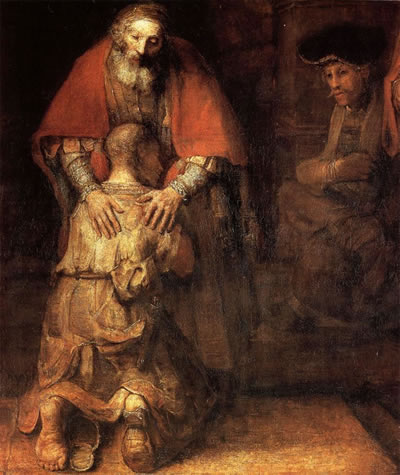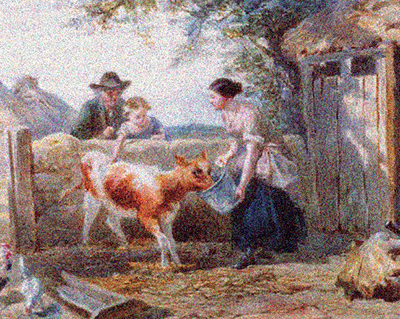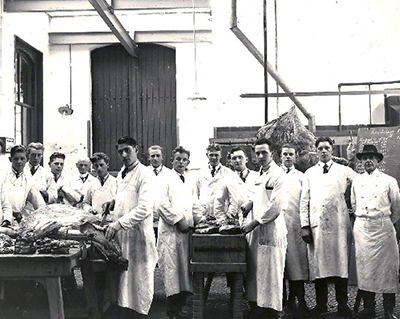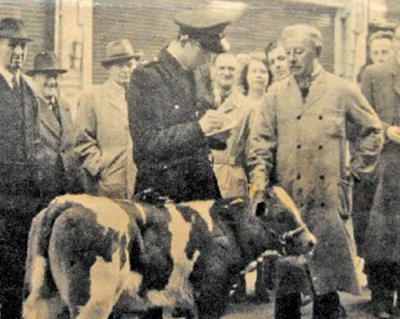Fifty years ago, Matthijs van Houten (Uncle Thijs) was the owner of the abattoir in Amsterdam where he had followed in his father’s footsteps and become a calf merchant. At that time, one of his customers, Huub Oudshoorn was a chef at the Amstel Hotel where his daughter delivered the meat. She and Huub married, and that is how Huub got into the calf trade. Now here we are, sitting with Huub, one of the few people able to tell the stories of the good old days.
Uncle Thijs’s customers came mainly from the Jewish community. He owned the abattoir and two butcher shops in the Dutch capital, which was undoubtedly the best way to dispose of the surplus stock. At that time, he also exported a lot of his produce to France, Italy and Switzerland; all by train, and in refrigerated wagons. (This is one of the main reasons that most slaughterhouses were located near railways.) Huub brought out an album of old photographs and reminisced about how the orders came in by telex, and how sales were never a guarantee for prompt payment, even with bank guarantees. Every time a customer received a delivery, there would be negotiations on the phone, with customers wanting to reduce the prices. The Italians were particular culprits; it was more or less a game.
Huub regailed how Uncle Thijs managed without his own car, and how there was always a cattle truck on its way to market for him to catch a lift on. He would visit the farmers by bike, but Huub never went with him. He would cycle miles and miles to visit the farmers, who in those days, had about ten calves in crates that were fed on milk until they were five or six months old. Calf rearing farmers were not really in existence back then, but Jan van Drie was one figure who offered housing to newborn calves, and sold them once they had been fattened up. This was the start of small-scale, contract calf rearing.
In those days, in the east of the Netherlands, fattened calves could be bought at the cattle market and paid for in the local pub. The tradesmen would set the prices, before sitting back and enjoying a glass of Vieux and sugar (Dutch cognac) and a juicy meatball. According to Huub, there is still a small group that meets every week in the local pub, Café De Goudrenet, in Barneveld. Even if it is only for olden days’ sake.
When it came to buying calves, Uncle Thijs is said to have preferred buying calves that had been raised by the farmers’ wives. Apparently, the difference was noticeable. His son-in-law, Huub remained a chef throughout his career, until he moved with his wife, Lies, to the countryside to look after the calves no one else wanted to buy. It had been Uncle Thijs’s idea to buy them at market for next to nothing, and now Huub’s wife, Thijs’ daughter, looks after them lovingly.
Before we take our leave of Huub, he shows us some objects that belonged to Uncle Thijs: his wallet, attached to a heavy chain that he wore around his neck, and a small pair of scissors that he used for cutting his initials into the calves’ hair. Then a remarkable photo album which is a true monument to this fascinating time. He even has a newspaper clipping from the time when a calf escaped in Amsterdam, making its way, ironically, to the Kalverstraat; upon which, Uncle Thijs was given a fine!








